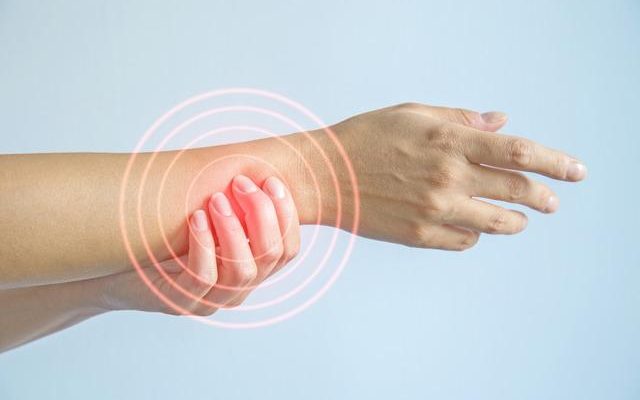Physical Therapy and Rehabilitation Specialist Assoc. Dr. Mehtap Bozkurt gave information about osteoporosis, popularly known as osteoporosis. Assoc. Prof. stated that osteoporosis is a condition in which the fragility of the bone increases as a result of changes in its structure. Dr. Mehtap Bozkurt underlined that they encounter the “postmenopausal type” of osteoporosis, which has many types and causes, and is most commonly seen in postmenopausal women.
“A SNEAKY DISEASE”
Assoc. Prof. stated that osteoporosis is a condition that disrupts a person’s quality of life and threatens human health. Dr. Mehtap Bozkurt explained the symptoms of the disease as follows:
“Bone osteoporosis is an insidious disease and does not cause any clinical symptoms in the early period. It usually manifests itself with the formation of fractures after minor traumas due to accidents. Fractures mostly develop in the spine, ribs, hip and wrist. Due to the collapse caused by small fractures in the spinal bones, there is a shortening in height and back pain. Visible changes such as increased humpback may occur.
“ELDERLY PATIENTS HAVE A HIGH RISK OF BEING BED-BOUND”

Assoc. Prof. stated that sudden onset of severe back pain, and especially night pain, is a warning sign for bone fractures due to osteoporosis. Dr. Mehtap Bozkurt said, “Hip fractures have an important place among these due to the high risk of complications. Especially in elderly patients, the risk of being bedridden is high due to the high number of bone union problems. Once fractures begin, it is inevitable for new fractures to occur. Those who go through menopause before reaching this stage “It is important to prevent fractures in patients with an approach to prevent osteoporosis and, if necessary, treatments that will increase bone density. Studies have shown that calcium and vitamin D supplements are very effective in the treatment and prevention of fractures caused by osteoporosis.”
“AFTER MENOPAUSE, THE MAIN REASON IS THE DECREASE OF ESTROGEN RATE”

Stating that the main reason for osteoporosis in post-menopausal women is the decrease in estrogen rate, Bozkurt said, “Estrogen deficiency causes changes in the balance of bone formation and resorption, leading to deterioration in bone structure. The diagnosis of osteoporosis is made by measuring bone density with a tool called densitometry. The age of menopause in women varies from society to society.” Although it varies, the average age of menopause in our country is between the ages of 46 and 51. Menopause that begins before the age of 40 is called early menopause, and it is very important in terms of increasing the risk of menstrual irregularities, hot flashes and menopause. A doctor should be consulted when menopause symptoms such as night sweats, vaginal dryness, itching and sexual reluctance, fatigue, mood changes, feeling anxious or irritable, increased appetite, and forgetfulness begin to appear. Early menopause is a preventable condition, however. “We should not waste time because it will have started,” he said.
“THE AMOUNT OF CALCIUM IN THE DAILY DIET OF WOMEN IN THE MENOPAUSE PERIOD SHOULD BE SUFFICIENT”

Assoc. Prof. underlines that keeping the amount of calcium in the daily diet of women in menopause at an adequate and balanced level, planning their daily exercises, and keeping the vitamin D value at ideal values is important in maintaining muscle and bone mass. Dr. Bozkurt said, “Early detection of osteoporosis is very important in preventing fractures, so women entering menopause should have blood tests and bone measurements and be followed up annually. In addition, gynecological examination, smear test and mammography should be performed periodically.”
WAYS TO PREVENT THIS DISEASE

Assoc. Prof. said that nutrition and exercise are very important to protect against osteoporosis. Dr. Gray Wolf; He recommended a diet rich in calcium such as milk and dairy products, reducing salt, consuming legumes and green leafy vegetables, reducing caffeinated beverages such as coffee and fizzy drinks, avoiding excessive weight loss, avoiding excessive protein consumption, and quitting or reducing alcohol and smoking. (UAV)

